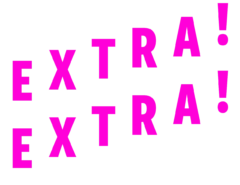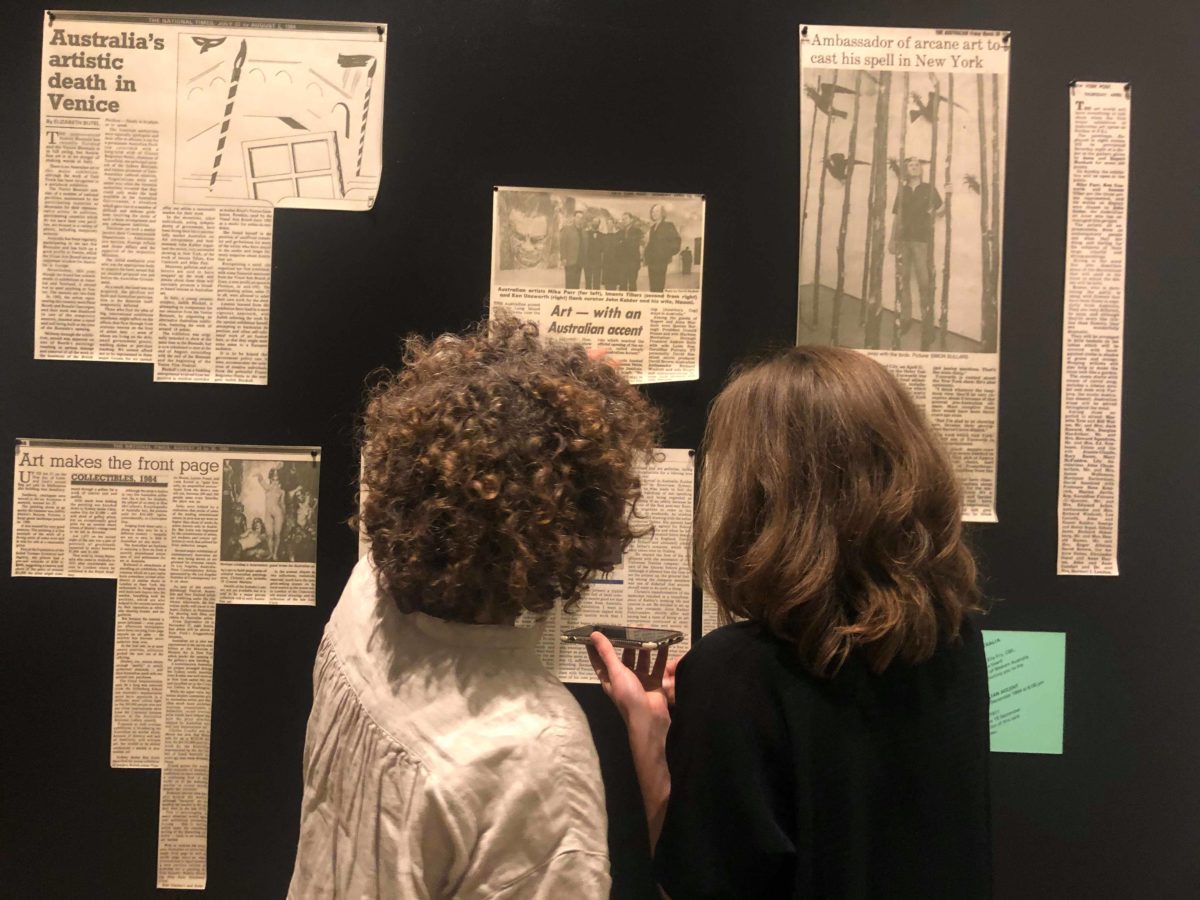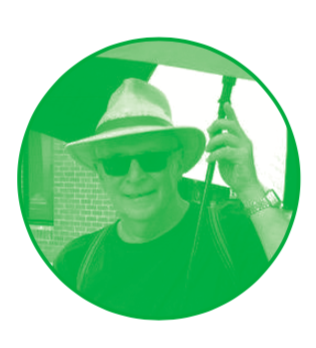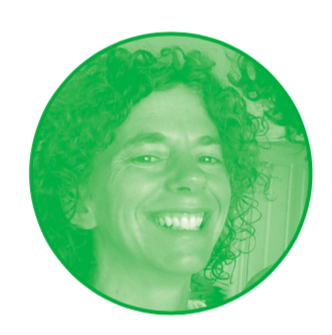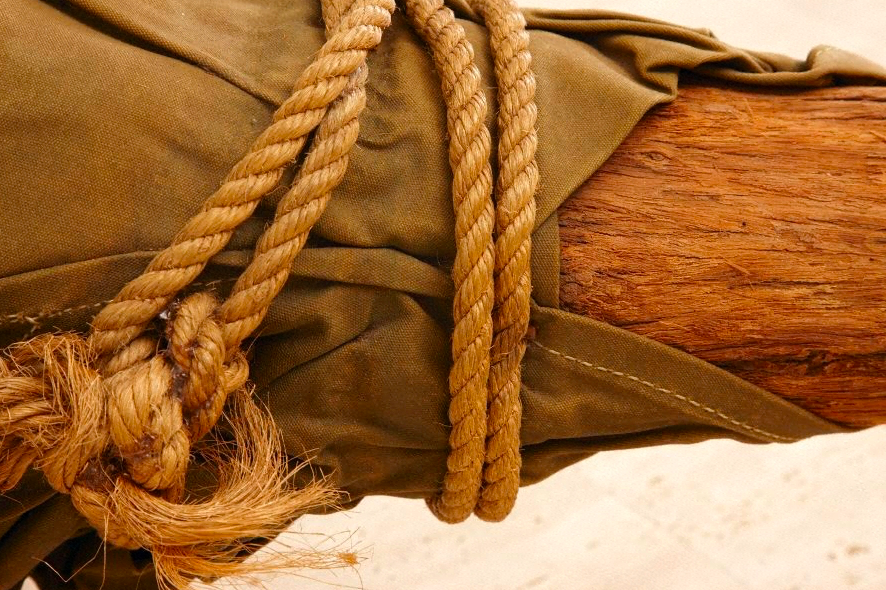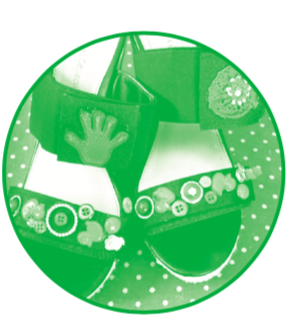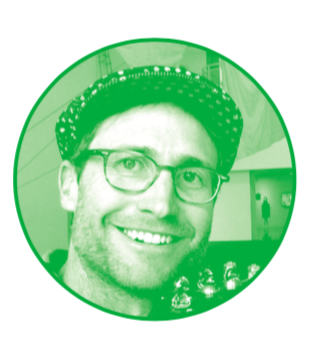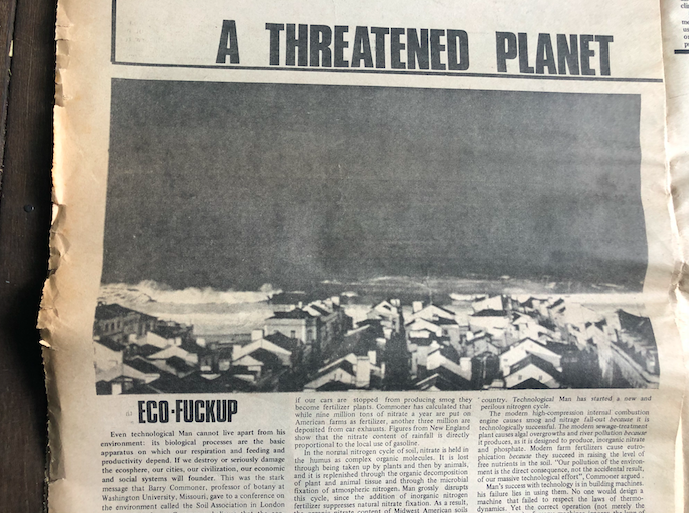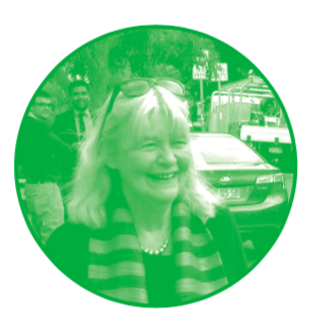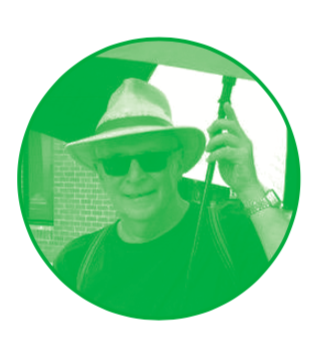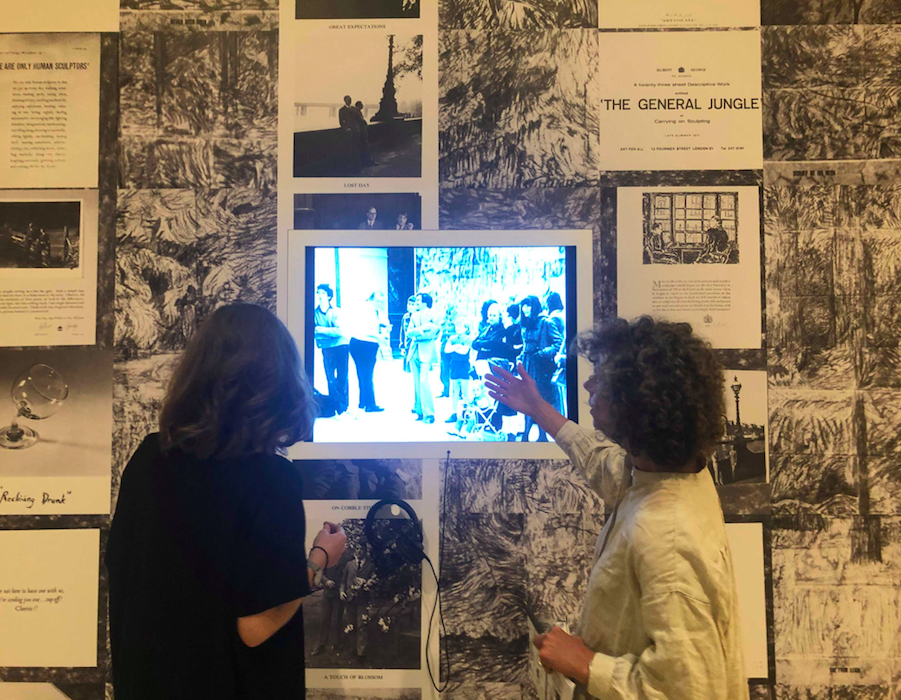by Boni Cairncross and Louise Curham
Boni Cairncross is an artist interested in temporality and archives.
Louise Curham is an artist, archivist and filmmaker, and a researcher at University of Canberra’s Centre for Creative and Cultural Research.
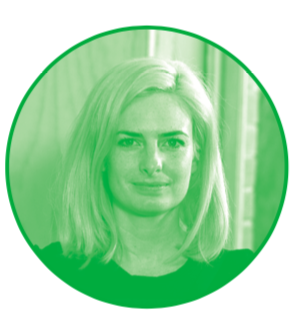
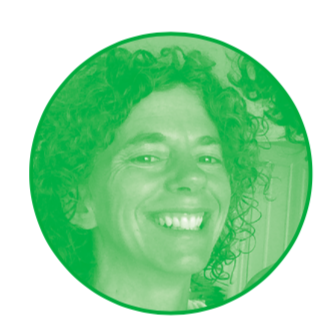
The exhibition Making Art Public has been created from archives, remakes and documentation of past Kaldor Public Art Projects and is itself Project Number 35: Michael Landy. Unlike most exhibitions, in this show the residue of earlier temporary public art is used to create a new kind of artwork, one that describes the original work but is not itself that original work (even though it may contain fragments). In this article, Boni Cairncross and Louise Curham reflect on their experience of the exhibition, and their attempt to create an archive of intangible experiences in the form of instructions that allow momentary experiences to be recreated and shared.
We (Boni and Louise) decided to make an “experimental archive” of Making Art Public in order to respond to their questions about archives, evidence, sets of criteria and reimaginings of archival material. Making Art Public is both a major survey exhibition of the 34 projects staged by Kaldor Public Arts to date, and the 35th project in which artist Michael Landy worked with the archival material to present this overview.
Continue reading “Extra Visual – instructions for a sense-focused experience of Making Art Public”